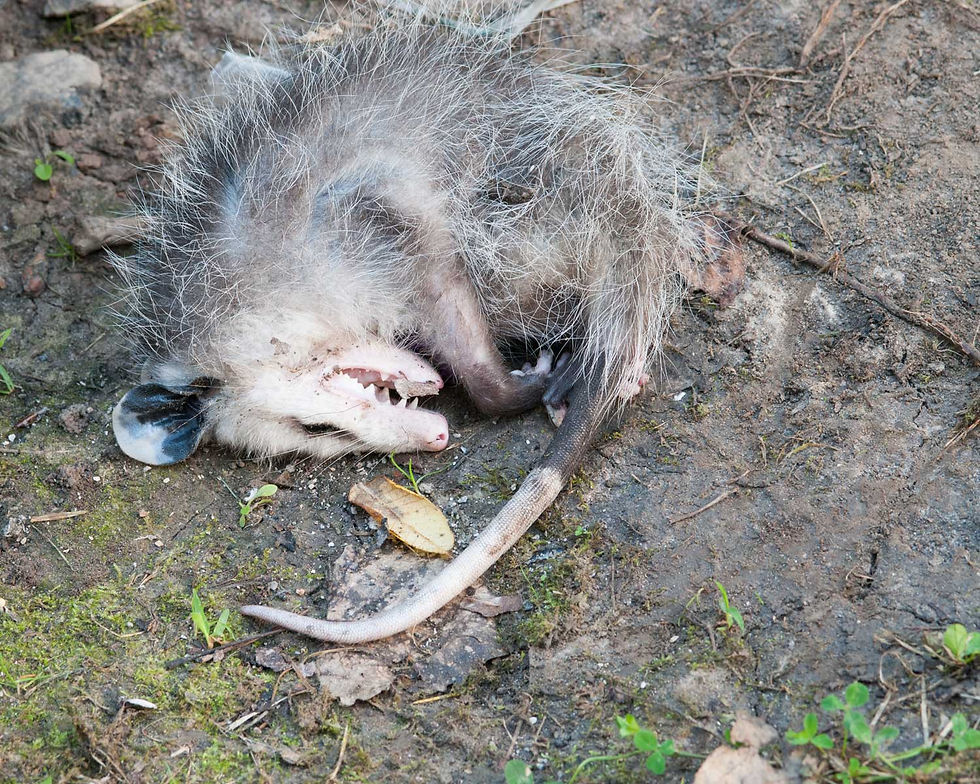Team of pollinators more than just bees, butterflies
- Willy's Wilderness
- Jun 20
- 3 min read
Updated: Jul 24
Starting in spring, evidence of pollination begins to appear in the preserves as wildflowers, plants, trees and fruits start to bloom and ripen. Without pollinators, infinitely less pollen would be brought from flower to flower. This means that new plants would not grow.

But wait, are bees and butterflies the only creatures that pollinate? Nope!
Bees, butterflies and hummingbirds often get our thanks for pollinating because those are the animals that we actively see flying from flower to flower. But there are other pollinators out there who deserve our thanks. Let’s learn about a few more.
Moths

Often mistaken for “ugly butterflies,” moths do a lot of unappreciated work. Here are some reasons to appreciate the humble moth:
Just like there are people in our community who work late at night, moths take nature’s night shift. They search for white and light-colored flowers that reflect the moonlight and are most fragrant at night.
There are more species of moths than both butterflies and bees combined. For reference, moths and butterflies belong to the group Lepidoptera. In Illinois, there are about 1,850 species in that group, approximately 1,700 of which are moths! So as a group, moths pollinate way more plants than butterflies.
Moths pollinate the flowers that are also pollinated by butterflies and bees. They make sure there is no pollen left!
They collect more pollen than butterflies because of their fuzzy bodies.
Beetles

Beetles have been pollinating for a long time. According to the fossil record, these critters have been visiting prehistoric plants for the past 130 million years. That means beetles helped pollinate plants for dinosaurs, and they are still doing it for us today.
Words to know
Carrion: The decaying flesh of dead animals.
Pollination: The transfer of pollen to a plant to allow for fertilization.
Prehistoric: Relating to the period before written records.
Beetles are mostly attracted to large single flowers, like magnolias, or plants that have flower clusters, like goldenrod and milkweed. Beetles visit flowers that are strongly fragrant because they primarily use scent to find food. Pollen is food for beetles, so these plants must produce a lot in order for there to be leftovers for pollination.
Have you ever been called a messy eater? Then you have something in common with beetles. These insects are referred to as “mess and soil” pollinators because they create a mess in plants by eating through leaves and petals, leaving small holes. And they leave behind frass. (That’s just a nice way of saying insect poop!)
Flies

Surprise! Bet you didn’t know that flies are pollinators too. You might see them in Will County pollinating early-season blooming plants such as skunk cabbage, rue anemone and spring beauty.
Depending on which species and family they belong to, flies are attracted to different flowers. Carrion flies are attracted to stinky flowers that are dark brown or purple. These plants trick flies into thinking they are rotting flesh and a perfect place to lay eggs. Once the flies realize the lie, they quickly leave — but not before gathering pollen on their bodies.
Other flies, such as bee flies or hover flies, are attracted to colorful plants that produce nectar and pollen.
Whether it’s a bee, butterfly, hummingbird, moth, beetle or fly, make sure to say “Thank you pollinators!” as you see them flutter by!


